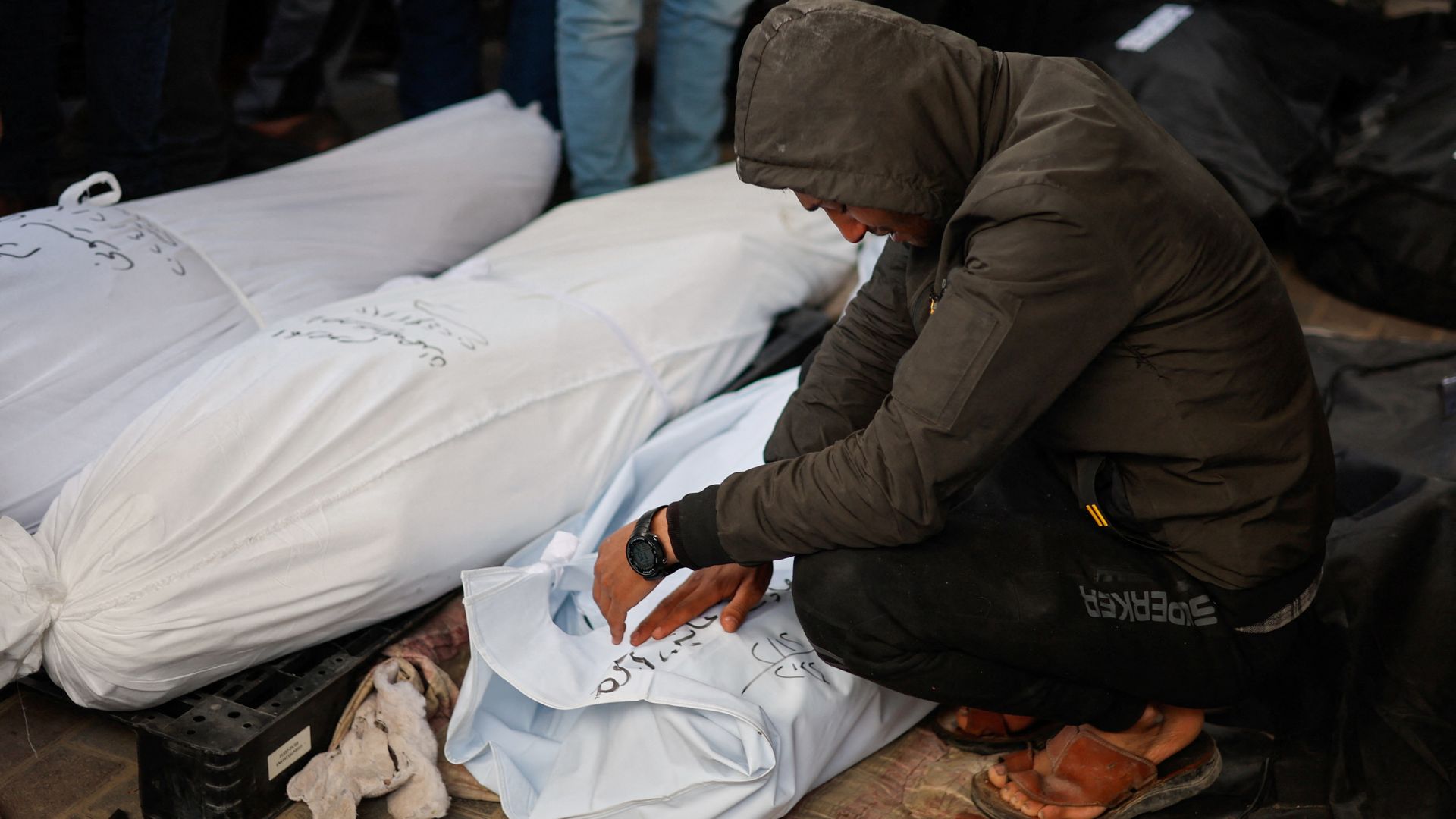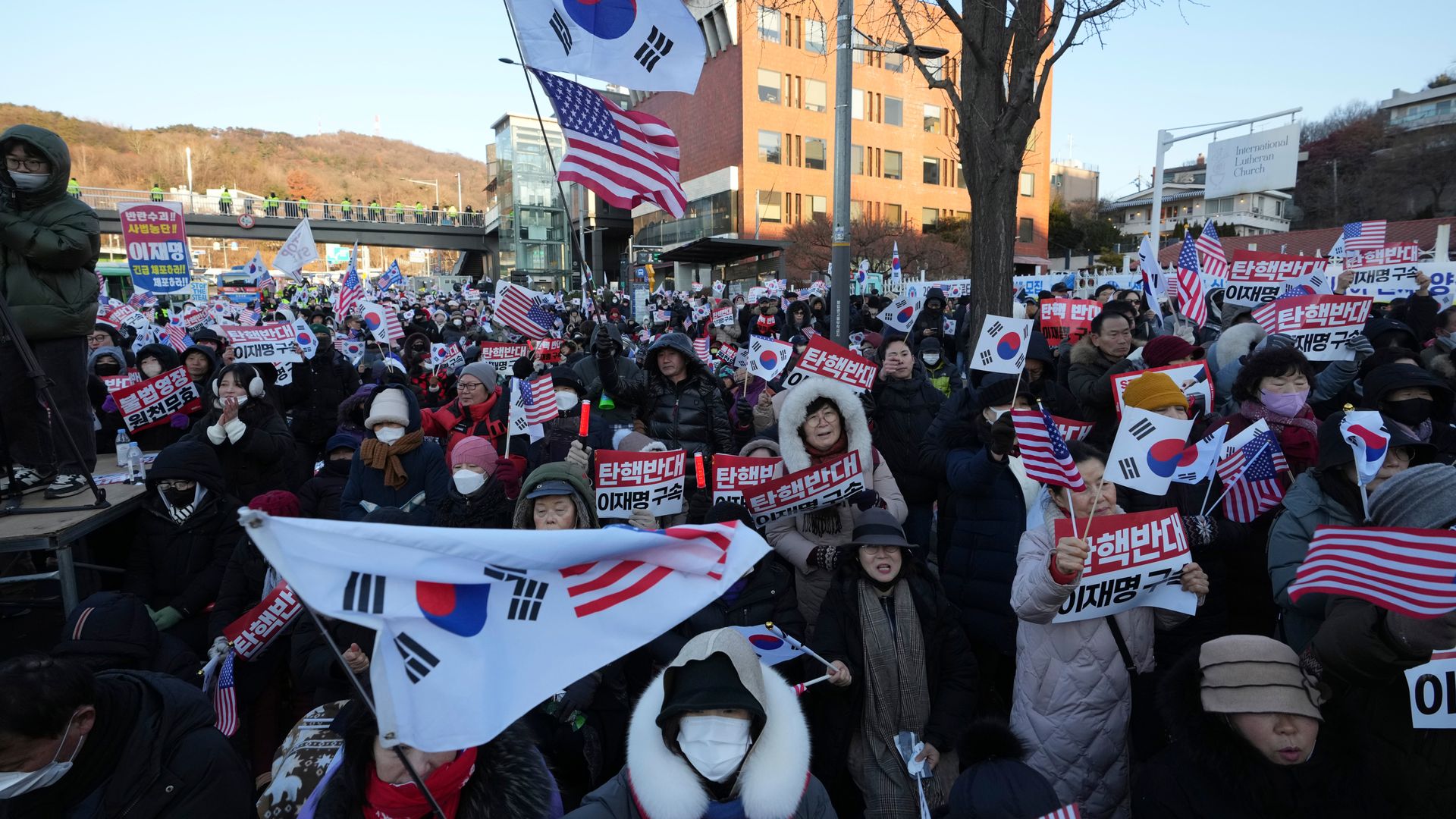Nearly 70% of deaths in the Gaza war, which have been verified by the United Nations, were women and children, its Human Rights Office has said.
The UN has analysed killings in the first 11 months of the Israel-Hamas conflict in the Palestinian territory and managed to verify 8,119 victims, including 2,036 women and 3,588 children.
The 8,119 figure is considerably lower than the 43,000 deaths reported over the course of the 13-month-long war by the Hamas-run health ministry, although the UN does see these numbers as reliable.
Out of the verified deaths between 7 October 2023 and 2 September 2024, children represented almost half of the victims (44%) while women accounted for 26%.
The highest number of deaths was among children aged between five and nine years old, closely followed by those aged 10-14, and then babies aged up to and including four years old.
The youngest victim whose death was verified by the UN was a one-day-old boy, while the oldest was a 97-year-old woman.
Read more:
Israeli strikes in Lebanon kill 40
Thousands join street protests after Israeli defence minister sacked
In 88% of cases, five or more people were killed in the same attack – suggesting weapons were used across a wide area.
However the report added some of the killings may have been the result of errant projectiles from Palestinian armed groups.
The UN’s report rings true with Palestinian claims that women and children represent a large proportion of those killed in the war, and it accuses Israel of “an apparent indifference to the death of civilians and the impact of the means and methods of warfare”.
The United Nations says Israel has denied its investigators access to Gaza, making it “extremely challenging” to verify deaths, Sky’s Ben van der Merwe writes.
The UN says that is why its figure of 8,119 verified killings (as of 2 September) is so much lower than the number presented by Gaza’s Hamas-led health ministry – 40,738, as of 30 August.
The health ministry’s figure is based on the number of bodies arriving at hospital morgues, as well as a small number of additional deaths confirmed through a judicial process. You can read our full analysis of the health ministry’s methodology here.
By contrast, the UN’s methodology says deaths can only be counted when there are at least three independent sources to corroborate it.
That is challenging in any conflict. Those challenges are magnified in a war with so many deaths to verify, no on-the-ground access for international investigators, and repeated attacks on UN workers.
The UN also says women and children make up 70% of the fatalities in its dataset. That’s significantly higher than the health ministry’s report from around the same time, which put the figure at 60% (and included elderly men).
That may be because, as the UN acknowledges, it’s easier to verify attacks on large, residential buildings with many potential witnesses living nearby – attacks which may be more likely to kill women and children.
UN human rights chief Volker Turk said in a statement: “This unprecedented level of killing and injury of civilians is a direct consequence of the failure to comply with fundamental principles of international humanitarian law.”
Sky News has contacted the IDF for comment.
Keep up with all the latest news from the UK and around the world by following Sky News
Be the first to get Breaking News
Install the Sky News app for free
Israel’s military, which began its offensive on Gaza in response to the deadly 7 October attacks last year, has previously said it takes care to avoid harming civilians in Gaza.
It says roughly one civilian has been killed for every fighter and blames this on Hamas, saying the Palestinian militant group uses civilians as human shields.
The UN report, which broadly covers the period between 1 November 2023 and 30 April 2024, said that “in most instances, the IDF did not offer substantial evidence to support their allegations [of the use of human shields], and OHCHR has not been able separately to verify them”.









